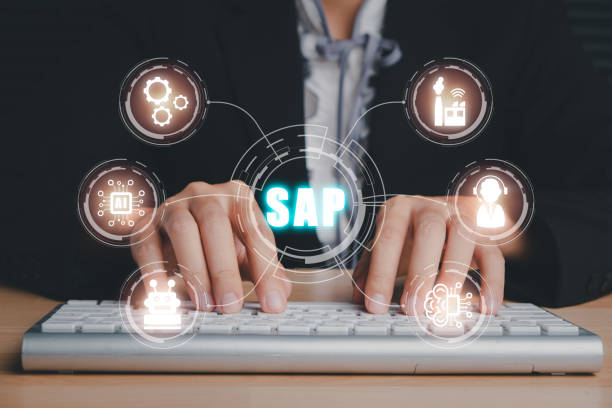Investing in an enterprise resource planning (ERP) system like SAP Business One is a significant decision for any business. Among the various considerations, understanding the pricing structure is crucial. SAP Business One offers flexible pricing options tailored to the diverse needs of businesses, making it accessible to organizations of all sizes. In this article, we’ll explore the factors influencing SAP Business One pricing, the different pricing models available, and how businesses can make informed decisions when evaluating costs.
Factors Influencing SAP Business One Pricing
- Number of Users: SAP Business One pricing often scales with the number of users who will access the system. More users typically mean higher costs, as each user requires a license to use the software.
- Deployment Model: Whether a business opts for an on-premises deployment or chooses a cloud-based solution can impact pricing. Cloud-based deployments often involve subscription-based pricing, while on-premises deployments may require upfront licensing fees.
- Functionality Requirements: The specific functionalities and modules required by a business can influence pricing. SAP Business One offers modules for finance, sales, inventory management, CRM, and more. The more modules needed, the higher the overall cost may be.
- Customization and Integration: Additional customization or integration with third-party systems may incur extra costs. Businesses should consider any unique requirements they have and how they may affect pricing.
Licensing Models for SAP Business One
- Perpetual License: With a perpetual license, businesses pay a one-time upfront fee for the software license. Alongside this, there may be ongoing fees for maintenance and support. This model grants indefinite use of the software but may involve higher initial costs.
- Subscription License: Under a subscription model, businesses pay a recurring fee, typically monthly or annually, for access to SAP Business One. This model often includes maintenance, updates, and support as part of the subscription fee. Subscription licenses offer more flexibility in terms of budgeting and scalability.
- Named User vs. Concurrent User: SAP Business One offers both named user licenses, assigned to specific individuals, and concurrent user licenses, which allow a set number of users to access the system simultaneously. The choice between these models depends on user access requirements and budget considerations.
Making Informed Decisions
- Evaluate Needs and Budget: Assess the specific requirements of your business, including user access, functionality, and budget constraints. Determine which pricing model aligns best with your needs and financial resources.
- Consider Total Cost of Ownership (TCO): Look beyond the initial license fees and consider the total cost of ownership over the software’s lifecycle. This includes ongoing maintenance, support, and any additional expenses related to customization or integration.
- Scalability and Flexibility: Choose a pricing model that allows for scalability and flexibility to accommodate future growth and changing business needs. Ensure that the chosen model can adapt to evolving requirements without significant additional costs.
- ROI and Value Proposition: Evaluate the potential return on investment (ROI) and the value proposition offered by SAP Business One. Consider the efficiency gains, productivity improvements, and competitive advantages the software can provide to justify the investment.
Conclusion
Understanding SAP Business One Price is essential for businesses considering an ERP solution. By considering factors such as user requirements, deployment options, and licensing models, businesses can make informed decisions that align with their needs and budget. Whether opting for a perpetual license or a subscription model, SAP Business One offers the flexibility and scalability to support businesses on their growth journey while delivering value and efficiency across operations.














